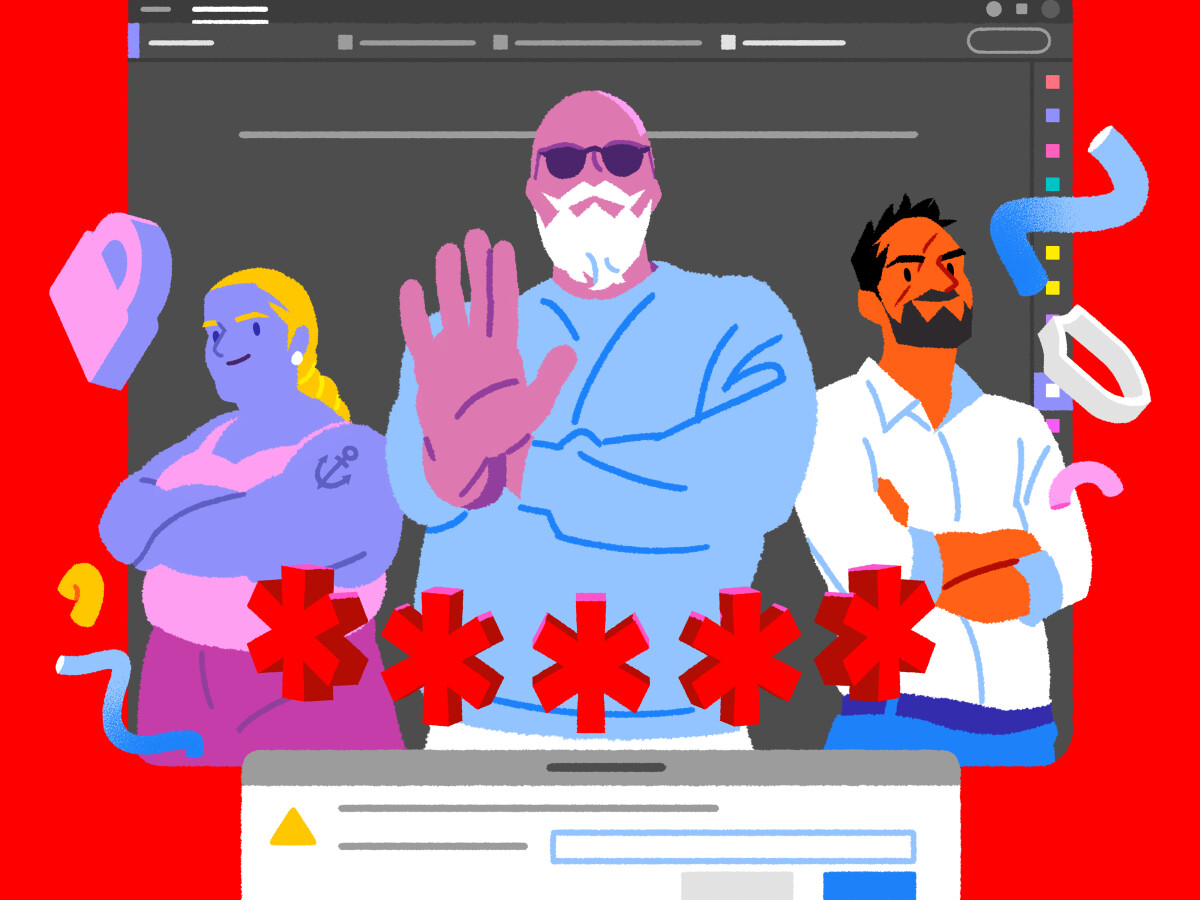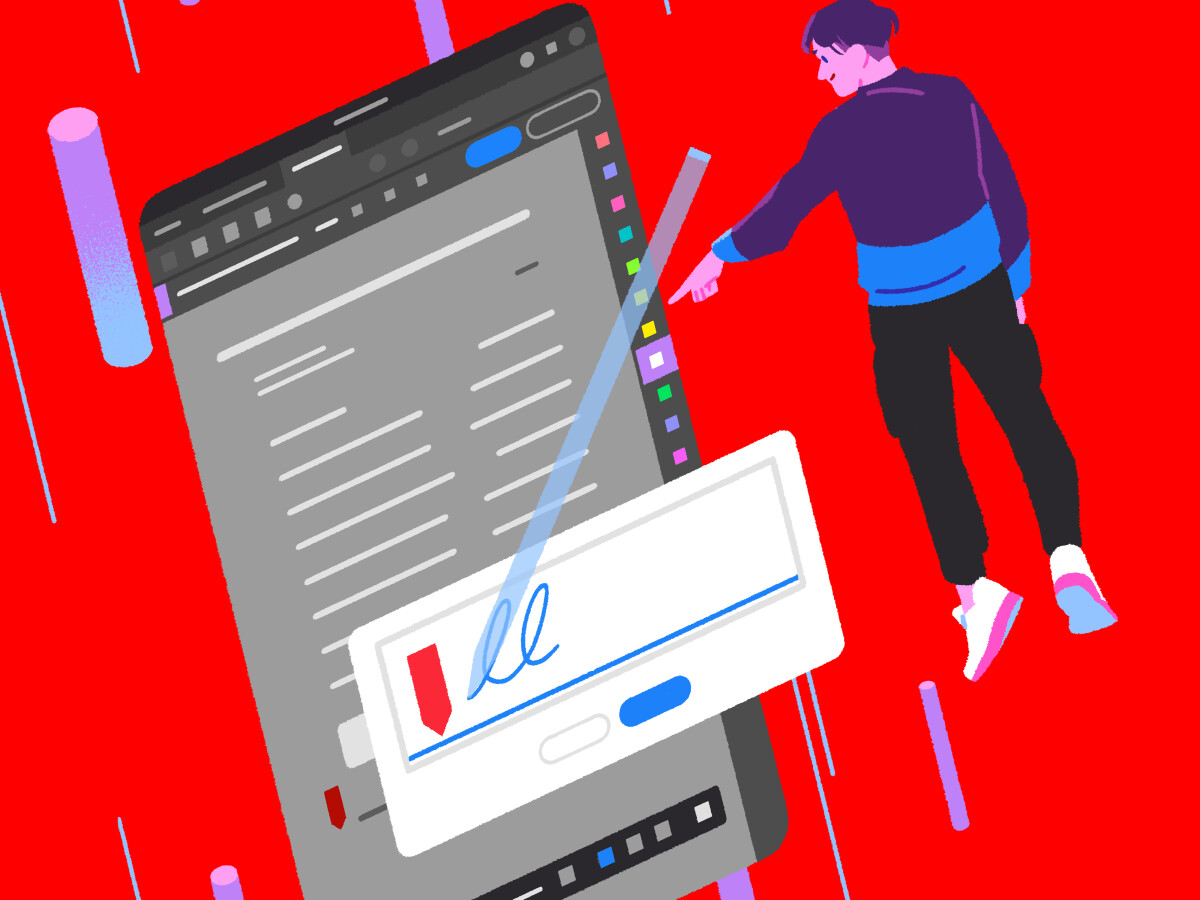While Jurassic Park conquered the cinemas, the PDF started its triumphal procession in the office world. On the occasion of the 30th birthday, we dare a journey through the history of the format.
It’s been 30 years since Steven Spielberg’s blockbuster Jurassic Park hit theaters. While Spielberg brought extinct dinosaurs back to life on screen, an invention from the same year ensured that stacks of paper and physically signed documents are now threatened with “extinction” in everyday office life. We are of course talking about the Portable Document Format, or PDF for short.
It all started with the Camelot Project
The format is celebrating its 30th birthday this year. The idea for this is actually even older. In 1990, Adobe co-founder Dr. John Warmock the “Camelot Project”. Right from the start, the aim was to develop a way of converting classic paper documents into electronic form. It’s hard to believe, but before digitization almost everything was done using paper, copiers and faxes. Real physical documents, piled up in high piles, determined the everyday work of many people.
dr John Warmock (right) is considered one of the fathers of the Portable Document Format. (Source: Adobe)
It took three years for the Portable Document Format to emerge from the “Camelot Project”. For the first time, teams were able to exchange documents and information between different computers and systems securely and without loss. A format that always looks the same to every user, is easy to share and easy to print out. A milestone for today’s digitization!
>> Test the complete PDF solution now for free!
PDF is expanded to include passwords and encryption methods
But like Spielberg, the Adobe team didn’t rest on their laurels. Over the years, not only have more Jurassic Park and Jurassic World films been released, but the PDF has also developed massively. After developing the format, Warmock’s team initially focused on the issue of security.

Security always played a role in the development of the format. One of the first extensions included password protection. (Credit: Adobe/Sue Balac)
As early as 1994, developers introduced passwords and encryption methods for PDF files. This is one of the reasons why PDF is generally considered safe. In the following years, however, work was not only done on safety. From 1996, PDF forms could be filled out and sent over the Internet.
PDF files can be electronically signed
>> Test the complete PDF solution now for free!
A further development of this came in 2001 with PDF editing and PDF transparency editing. Now elements could be transferred from one document to another. The foundation for Acrobat Sign was laid by the acquisition of Sign by Adobe Systems in 2011. Thanks to this innovation, we can now sign PDFs electronically, without paper.
Introducing Adobe Document Cloud
In 2015, Adobe Document Cloud was introduced. Since then, it has been possible to save PDF documents in one place and access them from anywhere in the world. Thanks to the cooperation with Microsoft, it is now even possible to integrate PDF tools into applications such as PowerPoint and Excel.
>> Test the complete PDF solution now for free!

You can also sign PDFs digitally since 2011. (Credit: Adobe/Sue Balac)
In 2017 Adobe released the products Acrobat Pro and Acrobat Standard. Among other things, the developed software can convert PDF files into a wide variety of formats such as JPG or HTML. To further improve readability on mobile devices, Adobe introduced Liquid Mode in 2020.
>> Test the complete PDF solution now for free!
From a simple idea to a success story
The introduction of the Portable Document Format in 1993 has evolved over time into one of the most important inventions in the world of work. Not only are the high piles of paper gone – working on documents and sharing them with other entities has never been easier. The history of the PDF: a short journey through time can be found here.
The format saves us a lot of time, effort and consequently money. Converting and editing PDF documents is even completely free. Thanks to these and many other innovations, Acrobat and PDF are now used by over five million organizations worldwide. You can be curious what innovations the development team has in store for the future. Take a look into the present & future of Adobe Acrobat and test the complete PDF solution now for free!
A notice: This article is a paid ad. You can read about how we deal with such sponsored posts and how we finance our online magazine in our transparency regulations.
Don’t miss anything with the NETWORK-Newsletter
Every Friday: The most informative and entertaining summary from the world of technology!
